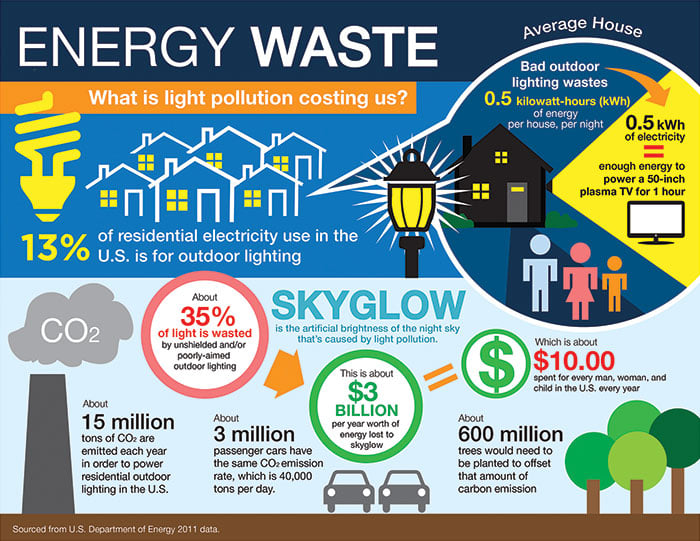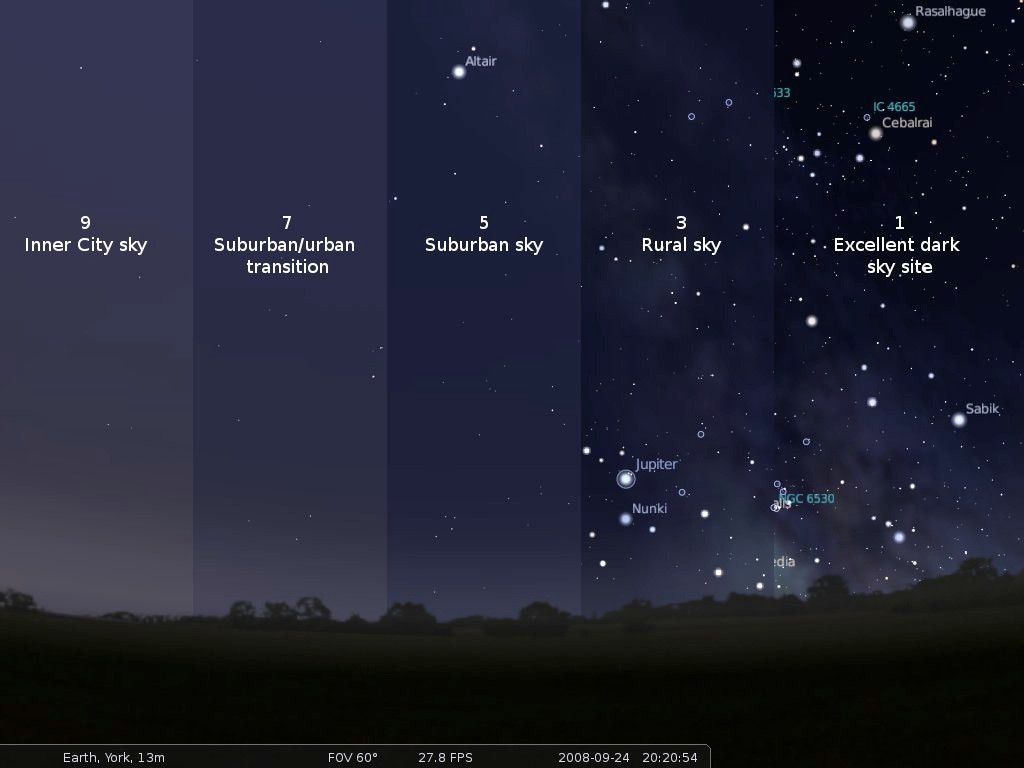Disclaimer: This content is intended for adults of legal drinking age. Please drink responsibly.
As the school year wraps up and college students start celebrating the end of another year of papers, exams, and nights spent in the library, the partying also starts to pick up, and with that comes drinking. One thing most people do not consider, especially not college students, is the environmental impact of their alcoholic drink choices. Being environmentally conscious can feel like just another chore sometimes and picking out a locally sourced bottle of vodka rather than a ⅕ of Titos may never cross your mind as an avenue to reducing your carbon footprint. However, the alcohol industry has a huge carbon footprint and contributes to our changing climate through freshwater use, agricultural practices, transportation emissions, electricity use, refrigeration, fertilizer and pesticides, and packaging. During the brewing process anywhere from 3.5- 6 gallons of water may be used to produce just one gallon of beer. More shockingly, it takes 872 gallons of water to produce one gallon of wine. In terms of carbon dioxide, 2lbs of CO2 is generated per pint of beer, 6lbs per 750ml bottle of liquor, and 2.6lbs per bottle of wine.

Next time you go to the store, consider purchasing alcohol made by brands that make efforts to minimize their environmental impacts. For example, Flor de Cana rum is a Fair-Trade certified distillery that operates entirely on renewable energy. Reyka vodka uses geothermal heating to power its distillery. Absolut is another sustainable vodka brand whose facilities are carbon neutral. When it comes to common beer brands, Anheser-Busch is eco-minded and brews using renewable energy.
The best way, however, to cut down your carbon footprint is to purchase locally made alcohol from pubs and bars in your area. Locally sourced alcohol will undergo significantly less transportation, reducing the transport emissions within the product lifecycle. If you want to cut down even more, bike or walk to your local pub and purchase a locally brewed beverage!
Instead of buying mixers – like premade margarita mix – that come in plastic packaging, add some fresh herbs to your backyard garden or grow a few in your kitchen and spice up your mixed drinks with the herbs you grow at home!
Here’s a simple gin-based cocktail recipe for coinsures living in SC that’s perfect for this summer:
- 1.5 oz of Firefly gin (distilled in Charleston, SC)
- 4 strawberries (cut into small pieces)
- juice of half a lemon
- 1 T of sugar dissolved in 6 oz of water
- 10 mint leaves
- ice
- Directions: Consider supporting your neighborhood farmer’s market and pick up the fresh ingredients from there or grow them in your garden! Muddle together the strawberries, mint leaves, and lemon juice in the base of a cocktail shaker. Add in the rest on the ingredients and shake well. Fill up your serving glass with fresh ice and strain the contents of the shaker into the glass. Garnish with any leftover strawberries or mint leaves and enjoy!
Works Cited:
Cariki. “Best Sustainable Alcohol Brands 2019 – Eco Wines, Beers and Spirits You Must Know About.” Cariki, cariki.co.uk/blogs/the-green-road/best-sustainable-alcohol-brands.
“Drink Sustainably with These 18 Eco-Friendly Alcohol Brands.” Ecofriend, 28 Mar. 2020, ecofriend.com/drink-sustainably-with-these-18-eco-friendly-alcohol-brands.html#:~:text=Roca%20Patron%20Reposado%20Patron%20is%20one%20of%20the. Accessed 28 Apr. 2022.
“How Much Water Is in a Glass of Wine? | Mathematics of Sustainability.” Muse.union.edu, muse.union.edu/mth-063-01-f18/2018/09/16/how-much-water-is-in-a-glass-of-wine/. Accessed 28 Apr. 2022.
McKissock, Richard. “Guide to Drinking the Best Alcohol for the Environment.” The National Environmental Professional, 7 Sept. 2018, nationalenvironmentalpro.com/guide-drinking-best-alcohol-for-the-environment/#:~:text=1%20Distilling%20spirits%20uses%20more%20water%20per%20ounce. Accessed 28 Apr. 2022.
“Strawberry Mint Lemonade Cocktails Recipe | Yummly.” Www.yummly.com, www.yummly.com/recipe/Strawberry-Mint-Lemonade-Cocktails-1379293. Accessed 28 Apr. 2022.















